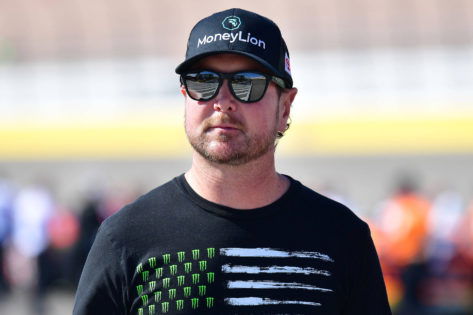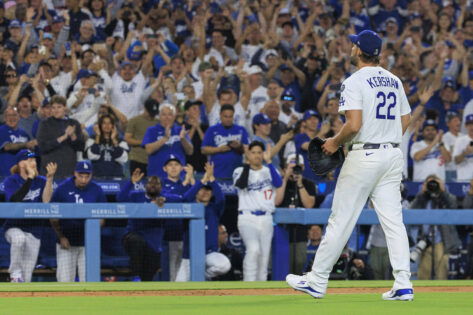Back in 2004, the Red Sox rewrote their franchise’s destiny at the trade deadline. The midseason acquisitions of Orlando Cabrera, Doug Mientkiewicz, and Dave Roberts proved to be the missing pieces that fueled an unforgettable run to the team’s first World Series title in 86 years. And that aggressive and calculated approach to fortifying the roster became a benchmark for what a deadline could mean in Boston.
However, over the years, the Red Sox’s trade-deadline philosophy has been anything but predictable. Unlike the Yankees, Dodgers, or Padres that consistently push chips to the center of the table, the Red Sox have often chosen their moments carefully. They weigh long-term sustainability against immediate gains.
This year, with the Red Sox holding the second AL wild-card spot and the fan base buzzing with anticipation, many expected a familiar spark of midseason urgency. But the deadline came and went with barely a whisper from Fenway’s front office.
The lack of moves left fans questioning whether the team truly intends to fight for October. But according to Chief Baseball Officer Craig Breslow, Boston’s front office wasn’t solely responsible for the deals not materialising at the deadline. “Craig Breslow said he thinks the Red Sox got uncomfortably aggressive. But other teams didn’t say yes,” Red Sox insider Gordo posted on X, quoting Chris Cotillo.
Craig Breslow said he thinks the Red Sox got “uncomfortably aggressive.” But other teams didn’t say yes (via @ChrisCotillo).
— Gordo (@BOSSportsGordo) July 31, 2025
So, the Red Sox’s proposal wasn’t enticing enough to convince either the Twins to trade Jhoan Duran or the Padres to trade Dylan Cease.”We pursued a number of really impact opportunities,” Breslow revealed. “Obviously, not all of them work out. It wasn’t from a lack of trying to be as aggressive as possible or from an unwillingness to get uncomfortable. Ultimately, it takes two teams lining up for those trades to line up.”
Well, the Red Sox came into the trade deadline with obvious holes in the rotation, bullpen, and at first base, and they ended up fixing two of those spots. They got Steven Matz, who’s headed to the bullpen. Then, just before the deadline, they swung a deal with the Dodgers for Dustin May. But at what cost?
The Red Sox’s limited trades came at a cost
Trading Dustin May is the biggest highlight for the Red Sox this time, but it came at a cost. Boston made a late push to land a starter before the trade deadline. And it came right down to the wire. In the end, Breslow got the deal done just in time, bringing in right-hander Dustin May from the Dodgers for outfield prospects James Tibbs III and Zach Ehrhard.
“I think Dustin fits into that group,” the CBO said, before further adding, “I don’t know how much sense it makes to say exactly what he is. Ultimately, what he does over the next two months and beyond is going to define his time here in Boston.”
For the unversed, May has stayed healthy enough to take the mound consistently this year. He has logged a career-high 104 innings so far with a 6-7 record and a 4.85 ERA. But is that enough?
He was an important arm for the Dodgers during their 2020 World Series run, too. But injuries limited him to just 101 innings over the next four seasons. He’s finally back this year, making 18 starts. However, the numbers tell a story: he’s struggled, giving up too many hits and walks. Moreover, his velocity isn’t quite what it was in 2020. And, it shows in the results, with opponents hitting .285 and slugging .633 against his sinker.
To get May, the Red Sox just traded away their two outfielding prospects. Isn’t that costly? What’s your take on this trade?
The post Craig Breslow Reveals Red Sox’s “Uncomfortably Aggressive” Approach Following Disappointing Trade Deadline appeared first on EssentiallySports.



